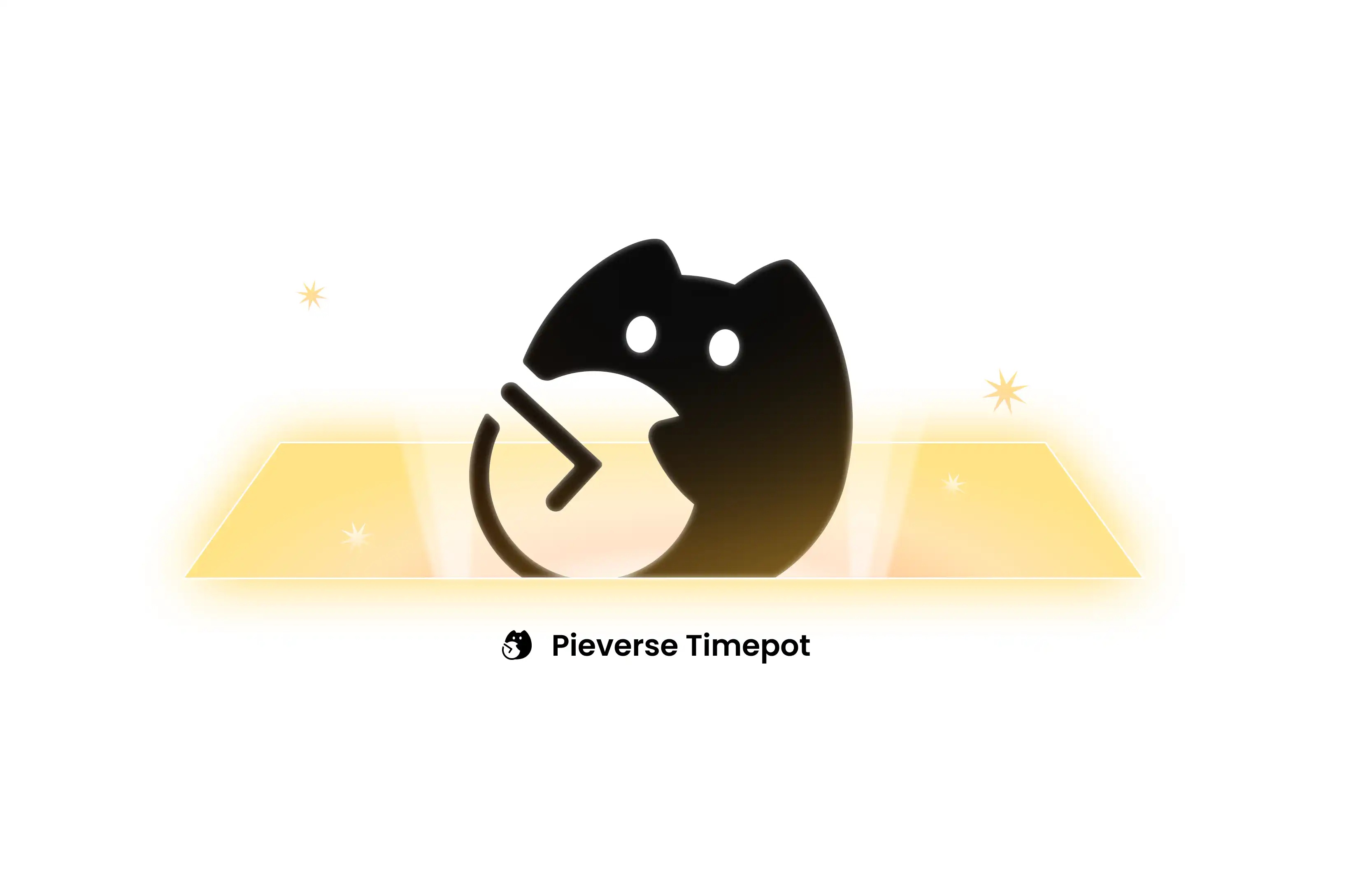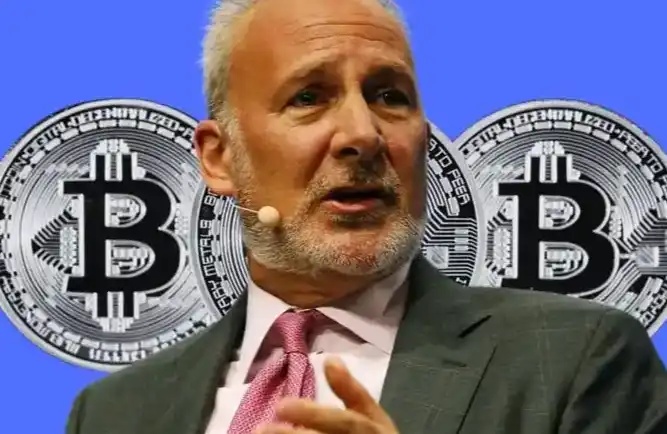What changes will the Cancun upgrade bring to Ethereum?
Original Title: "Understanding the Upgrades of Cancun: What Improvements Will Be Made to Ethereum?"
Original Author: Grapefruit, ChainCatcher
The Cancun upgrade (Dencun) is undoubtedly the most anticipated event for the Ethereum network in 2024. It is also a major update following last year's Shanghai upgrade (Shapella), and is expected to be completed by the end of February.
According to an Ethereum blog post on January 24th, the Cancun upgrade was activated on the Ethereum Goerli test network on January 17th, and is scheduled to be activated on the Sepolia test network on January 30th and the Holesky test network on February 7th.
Once Dencun completes the upgrade and runs smoothly on these three testnets, it will be activated on the Ethereum mainnet, with an expected activation time at the end of February.
Due to the numerous opportunities hidden in each upgrade of Ethereum, keeping an eye on the progress of Ethereum upgrades has become the top priority of the crypto community. In September 2022, Ethereum completed the merge upgrade and transitioned from PoW to PoS, making ETH a deflationary asset. In May of last year, Ethereum opened up staking and withdrawal functions to users through the Shanghai upgrade. In the months leading up to the upgrade, Ethereum staking-related projects such as Lido and SSV Network saw a surge in LSD assets.
So, what is the Cancun upgrade? What performance improvements will this upgrade bring to Ethereum? What is the EIP-4844 proposal? Which projects and tracks will benefit from this upgrade? What are the potential trading opportunities?
What is KanKun upgrade?
Kankun upgrade, the full name is "Cancun-Deneb", which is a combination of the two upgrades Cancun and Deneb. The English abbreviation is "Dencun". The Chinese "Kankun upgrade" actually only represents the first half of "Cancun" and omits the Deneb part. The complete name is "Cancun-Deneb" upgrade.
Ethereum's each upgrade name corresponds to a specific layer of the Ethereum network. The Cancun upgrade aims to improve the performance of the Ethereum execution layer, while the Deneb upgrade focuses on the consensus layer.
In order to better understand these concepts, it is necessary to first understand the current architecture and state of Ethereum.
Before the Ethereum merge, the Ethereum network was mainly composed of two parts: the "execution layer" and the "consensus layer", which operated independently of each other.
The execution layer is mainly responsible for processing the logic execution of smart contracts, which is where transaction calculations occur. It is the original Ethereum mainnet, also known as "Ethereum 1.0". It is also responsible for maintaining the state of the Ethereum network and executing Ethereum Virtual Machine (EVM) code.
The upgrade of the execution layer is named after the cities where Devcon was previously held: Berlin -> London -> Shanghai -> Cancun -> Prague -> Osaka -> Bogota.
The consensus layer mainly ensures that all transactions and smart contracts are verified through PoS staking, enabling consensus among all nodes and clients to achieve state consistency. It is the beacon chain formed after the merger with the execution layer, also known as "Ethereum 2.0".
Each consensus layer upgrade will be given a name of a star, selected in alphabetical order by the first letter: Altair -> Bellatrix -> Capella -> Deneb -> Electra -> (F)unknown.
After the merge, the execution layer and consensus layer of Ethereum will run in parallel, and the two will communicate or exchange information through the interface of the engine API. The engine API allows the execution client to request block information from the consensus client, and also allows the consensus client to send new blocks or request execution validity proofs.

The upgrade of the execution layer is called Cancun, and the upgrade of the consensus layer will be called Deneb. The name of the entire upgrade is Cancun-Deneb. Although the upcoming Cancun upgrade and Deneb upgrade are technically different, they are implemented simultaneously, so the compound word "Dencun" is also used to refer to this combined upgrade.
Significantly reduce the cost of data on-chain
The Cancun upgrade is a second upgrade to the Ethereum main chain after the Shanghai upgrade. The purpose of this upgrade is to address the previously criticized issues of low performance, high fees, and network congestion. By promoting the Ethereum scaling process, the upgrade aims to increase the main chain's TPS and reduce user gas fees, while enhancing scalability and security, and improving network performance.
According to the upgrade named by Dencun, it can be seen that this upgrade will mainly improve and optimize the smart contracts, EVM in the execution layer, and data consensus and state alignment in the consensus layer of the Ethereum network. In this upgrade, the Ethereum community has proposed a series of improvement plans, EIPs, and a total of 6 technical specifications have been implemented after discussion, testing, and voting by community members.
其中,EIP-4844 is the core of the Cancun update, also known as the proto-danksharding proposal, which is the initial version of the sharding Danksharding expansion solution and a temporary expansion solution.
By implementing temporary storage and access of off-chain data, the gas cost of publishing Layer2 data to the Ethereum mainnet is reduced, especially with Rollup solutions, which can lower the cost of publishing data to the mainnet to less than one-thousandth of the current cost, thereby reducing the gas fees for users of their network.
The EIP-4844 proposal introduces the Blob transaction type, which is a new data format that helps to expand Ethereum. It represents data that is returned from Layer2 and is distinct from the native data Calldata generated on Layer1 Ethereum mainnet. The data carried by Blob is only downloaded and stored by the Ethereum consensus layer, but does not support executable EVM access. Additionally, this data has a limited lifespan of approximately 18 days.
Blob is an external temporary storage that does not actually store Layer2 transaction data in Layer1 and expires periodically, which greatly reduces data storage costs.
In simple terms, this process involves building a separate channel called Blob on the Ethereum mainnet as a Layer2 network for on-chain transactions and data. In this channel, Ethereum Layer2 data completes transmission, storage, verification, and other services, and gas fees and storage costs are customized and independent of the activity level of the Ethereum network.
The main goal of EIP-4844 is to reduce L2 Gas fees in Ethereum by using a new Blob data format to carry transactions, making the transition to full sharding easier as all future upgrades will only be done at the consensus layer.
At the product architecture level, EIP-4844 introduces Blob-carrying transactions, which is the first time Ethereum has built a data layer specifically for L2, laying the foundation for future fully sharded Danksharding.


For developers, EIP-4844 will enable them to develop Ethereum applications more flexibly, innovatively, and diversely.
Developers will be able to use proto-danksharding to store and retrieve on-chain data, in order to support more Layer2 solutions and use cases. Developers will also be able to prepare for future full danksharding, utilizing more shard resources and functionality.
EIP-6780 and EIP-5656 proposals' improvements will provide developers with a more efficient and cost-effective deployment and development platform for smart contracts, allowing them to focus more on product development rather than infrastructure performance improvements.
Optimizing the network performance of Rollup makes it possible for developers to handle high-frequency and complex transaction scenarios, which will enable developers to integrate more complex functionality in smart contracts or DeFi applications.
For the Ethereum ecosystem, first of all, the Cancun upgrade has optimized the performance of the Ethereum Layer2 network, which will promote the prosperity of its on-chain applications and drive the explosion of the ecosystem. In addition, the optimization of data storage and data availability will promote the development of applications such as DA and decentralized storage, and the improvement of staking experience will be beneficial to the development of LSD and LSDfi applications.
Original article link
Welcome to join the official BlockBeats community:
Telegram Subscription Group: https://t.me/theblockbeats
Telegram Discussion Group: https://t.me/BlockBeats_App
Official Twitter Account: https://twitter.com/BlockBeatsAsia


 Forum
Forum Finance
Finance
 Specials
Specials
 On-chain Eco
On-chain Eco
 Entry
Entry
 Podcasts
Podcasts
 Activities
Activities
 OPRR
OPRR







